Kiến trúc độc đáo các tu viện cheo leo vách núi | Hanging Monasteries
 Mời các bạn xem Các kiến trúc tu viện cheo leo lưng chừng núi, hay đơn độc giữa núi rừng kỳ vĩ, hoặc khoét sâu vào vách núi, rất độc đáo.
Mời các bạn xem Các kiến trúc tu viện cheo leo lưng chừng núi, hay đơn độc giữa núi rừng kỳ vĩ, hoặc khoét sâu vào vách núi, rất độc đáo.
Cảm ơn chị Kim Loan đã chuyển đến, Quang17 xin giới thiệu và chuyển các bạn xem. Mời các bạn đọc thêm thuyết minh về các bức ảnh tại đây...
HANGING MONASTERIES
On a wing and a prayer: The extraordinary hanging monasteries that cling to the sides of cliffs When you're trying to connect with your god, it helps to find some peace and quiet, if you can. But that was, indeed, no such problem for the architects of these impossibly built monasteries. Constructed at dizzying heights on the sides of mountains, they ensured only the most devoted - and vertigo-free - followers would join them for prayer.

Gripping: This gravity-defying hanging monastery clings to the side of Mt Huashan in China and is only accessible via steep and dangerous paths

Closer to their god: The Taktshang Tiger's Nest clings to a cliff 2,300ft above the Paro Valley floor in Bhutan at such a height it looks down on the clouds

Complete isolation: According to legend, the Tiger's Nest takes its name from the 'second Buddha', Precious Guru Padmasambhava, who travelled to the site on a tiger

Between a rock and a hard place: The Holy Trinity is part of the Meteora - which translates as 'suspended in the air' - complex of monasteries in Greece, one of the largest collections of such buildings in the country.
Many were only accessible by steep and secret paths in order to provide the most seclusion as they sought uninterrupted spiritual awakening. By far the most precarious is a monastery that dangles seemingly in defiance of the laws of physics on the side of Mt Huashan in China.
Located around 75 miles east from Xi'an City of Shaanxi Province, Mt Huashan is known as 'The number one precipitous mountain under Heaven'. It is one of the five sacred mountains in China.
It is home to several influential Taoist temples where emperors of past dynasties made pilgrimages, making Mt Huashan the holy land of Taoism.
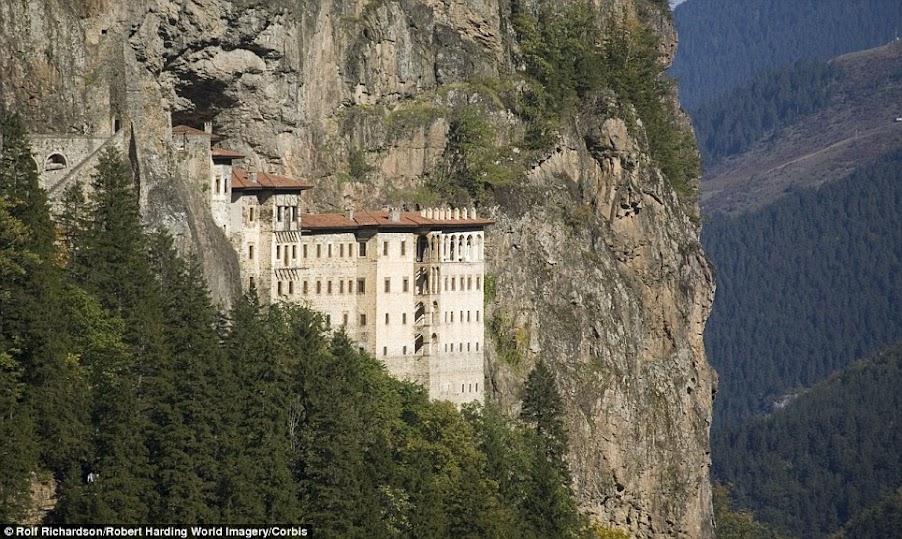
Vertigo-inducing: The Sumela monastery in Turkey was created 386AD apparently after two priests discovered a miraculous icon of the Virgin Mary in a cave on the mountain
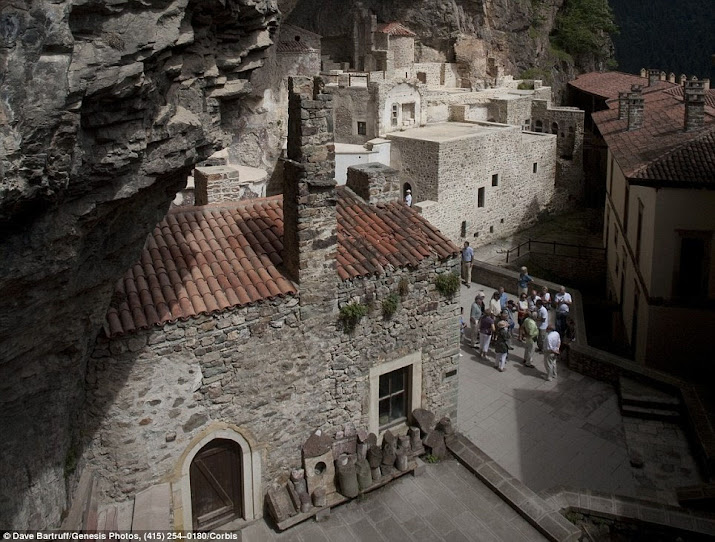
Prayers at 3,900ft: Visitors survey the incredible buildings of the Sumela monastery which was built, on southern shore of the Black Sea, during the reign of Emporer Theodosius I

Don't look down! The monasteries of Agios Nikolaos Anapafsas (left) and Agia Roussanou (right) in Greece, which form part of the Meteora complex of precariously placed buildings

Head for heights: French mountain climber Catherine Destivelle during her ascension of the Rocher Saint Esprit, in the Meteora, with the Monastery of Roussanou located on a parallel summit (right)

Path to enlightenment: A stunning scene showing the Monastery of Roussanou in what must one of the most serene places in the world

Balancing act: The monastery of Roussanou at the base of a stone tower in Meteora, Greece in a picture taken in 1985


Nerve-wracking: A man is hoisted 250ft in a net, the only way to access the Monastery of St Barlaam (right), which also forms part of the Meteora complex in Greece.
In Bhutan, the Taktshang Tiger's Nest monastery clings to a cliff 2,300ft above the Paro Valley floor. According to legend, it takes its name from the 'second Buddha', Precious Guru Padmasambhava, who travelled to the site on a tiger.
Some visitors have reportedly fallen to their death on the way up after apparently losing their footing.
But the desire to build in such vertigo-inducing places isn't just confined to Asia. Turkey has its own, the monastery of Sumela, perched at an altitude of 3,900ft.
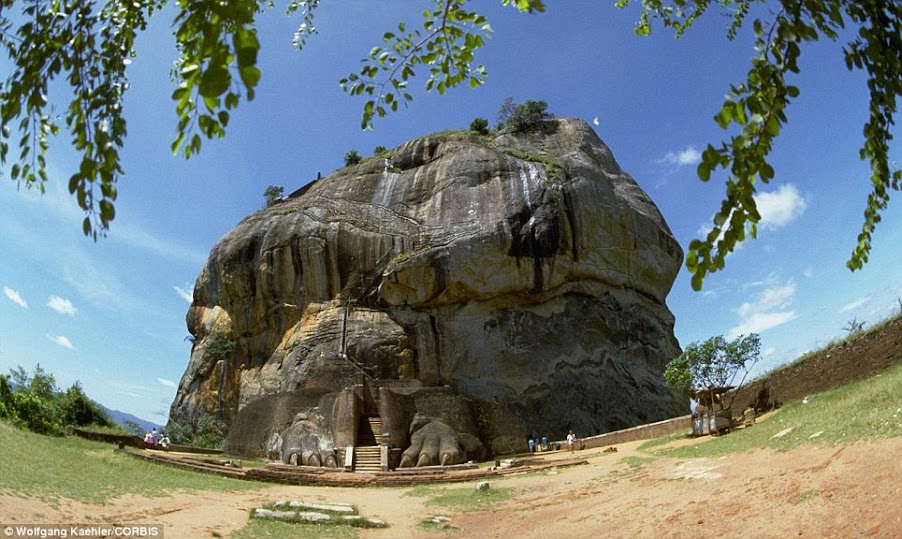
Rich heritage: The ruins of the Sigiriya, or Lion's Rock, in the central Matale District of Sri Lanka, which was used as a monastery from around the 5th Century BC
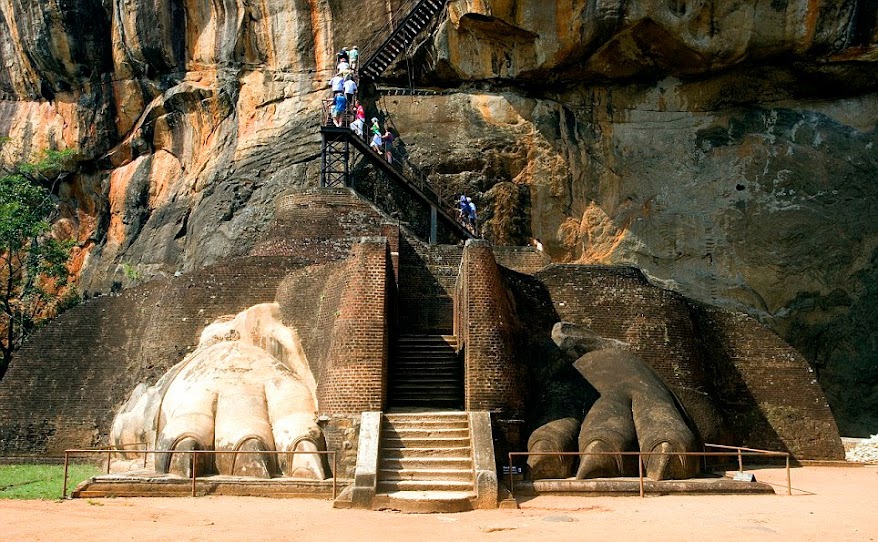
Magnificent: Visitors ascend the stairway to the ancient structure, which contains caves prepared by devotees of the Buddhist Sangha

Steeped in history: The legs and paws of a lion still remain either side of the entrance to the fortress, but the head fell down years ago

Idyllic: The rock, pictured here at dawn, upon which the temple and monastery were built is a 'magma plug'

Easy does it: A visitor navigates the stone stairs leading up to the temple and fortress of Sigiriya, but this path is by no means the most perilous compared to those approaching other monasteries

Beautiful: Sigiriya is framed by symmetrical water gardens which extend to the foot of the rock. It is one of the eight World Heritage Sites of Sri Lanka
It was created in 386AD during the reign of Emporer Theodosius I apparently after two priests discovered a miraculous icon of the Virgin Mary in a cave on the mountain.
As with most of these great buildings, they aren't the easiest to access. In Greece, the Roussanou Monastery could only be accessed by baskets lifted by pulleys, until roads, steps and bridges were contructed in the 1920s.
It is one of six active monasteries in the Meteora complex, one the largest and most important developments of its kind, only behind Mount Athos.
The monasteries are built on natural sandstone rock pinnacles near the Pinios.

Panoramic: The monastery of St Stephen, part of the Meteora complex in Greece, was built in the middle of 16th and decorated in or around 1545

A cut above: Rather than clinging to it, this temple was carved into the rock in the region of Cappadocia in Turkey. Frescoes can be seen around the entrance.
Another stunning piece of architecture, which also places a rock at the heart of its construction, is Sigiriya, or Lion's Rock, in the central Matale District of Sri Lanka.
Built on a 'magma plug', the sacred city contains the ruins of the original temple, which dates back to 500AD. The legs and paws of a lion still remain either side of the entrance, but the head fell down years ago. It is one of the eight World Heritage Sites of Sri Lanka.

Up on high: The Holy Holy Monastery of Saint Nicholas Anapausas in Meteora, Greece, which was built in the 16th Century and decorated by the Cretan painter Theophanis Strelitzas in 1527
- Sáng tạo trẻ: Nhà nổi lưỡng cư 132
- Cách chèn ảnh vào bài viết 17
- Biện pháp thi công (Download file CAD) - GS. Lê Kiều 15
- Viện hàn lâm Khoa học California mới với mái nhà xanh trên 1 hecta 15
- BTH: Cảnh quan - Công Viên - Quảng Trường | Landscape Architecture 13
- Về cái tên "sông Cửu Long" của người Việt 12
- Phân biệt Quy chuẩn xây dựng VN và Tiêu chuẩn VN 12
- Định nghĩa về cái đẹp 11
- Hướng dẫn cách phân tích hiện trạng trong bước thiết kế concept kiến trúc 10
- BTH Các thông tin Thiên văn - Địa lý - Thời gian toàn cầu 10







.jpg)
.jpg)
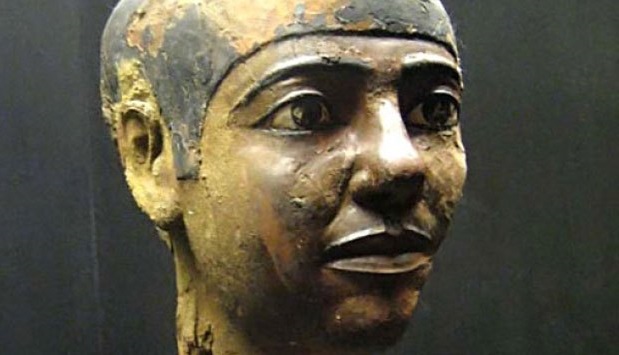
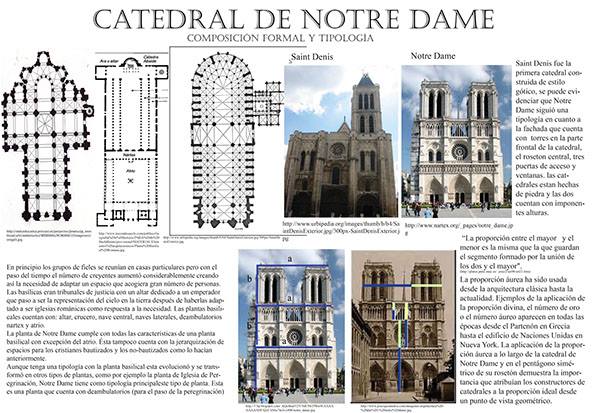
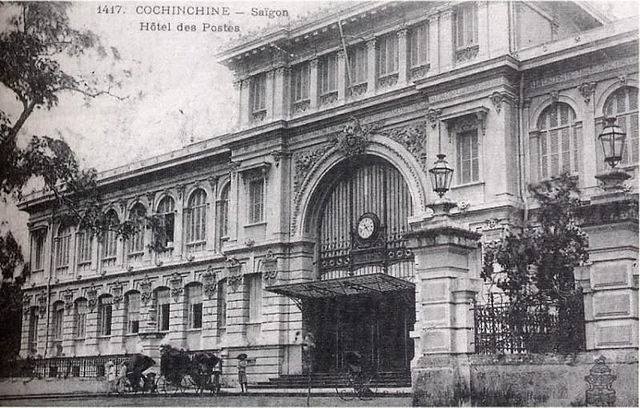
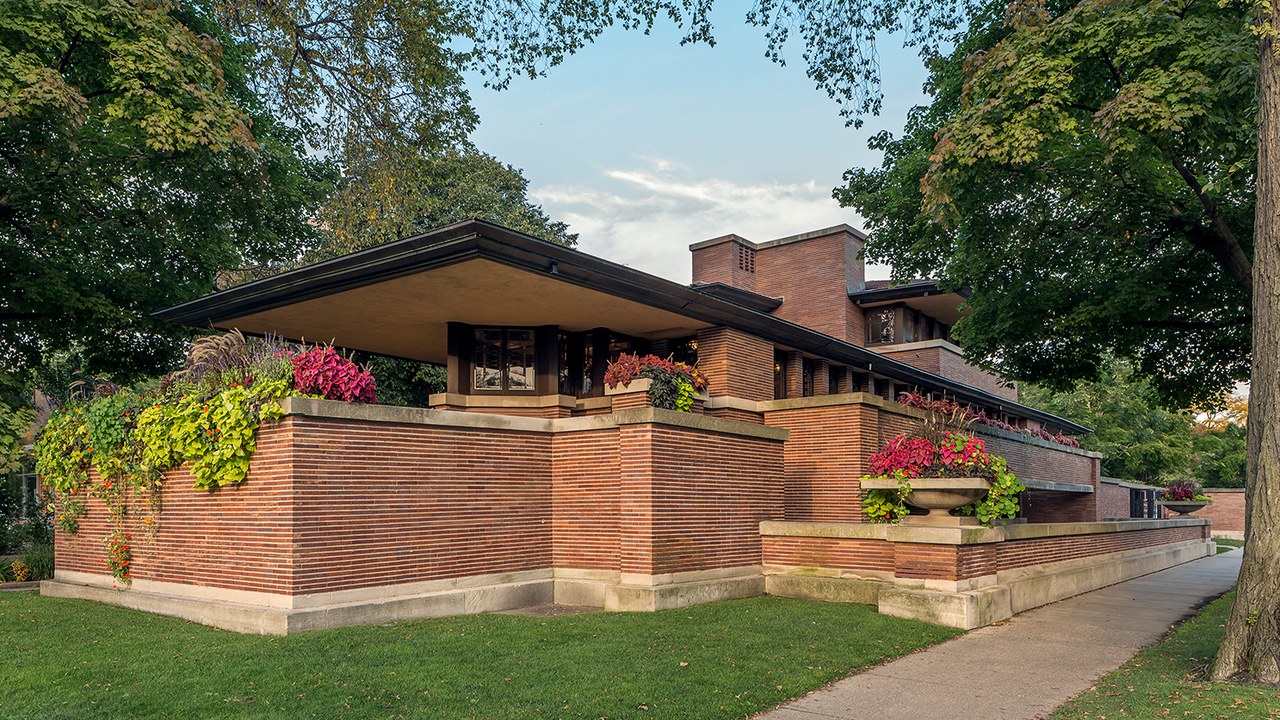


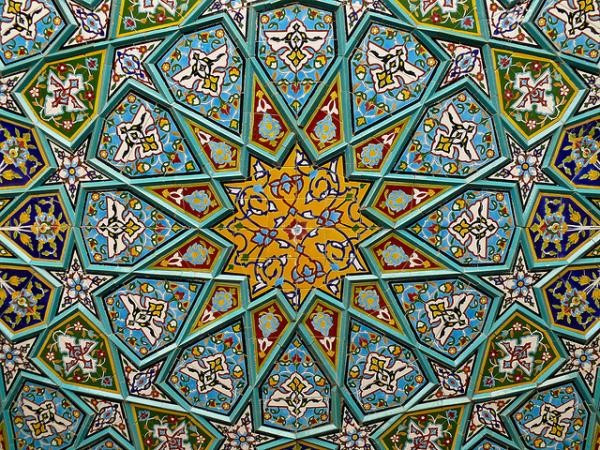
.jpg)
.jpg)
.jpg)
.jpg)
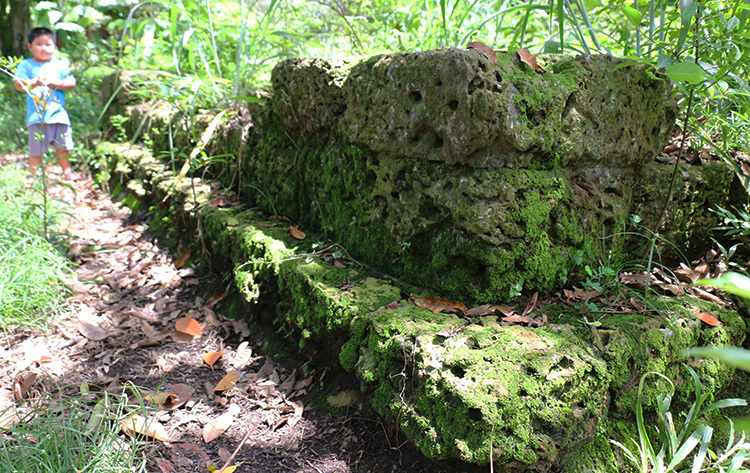

.jpg)
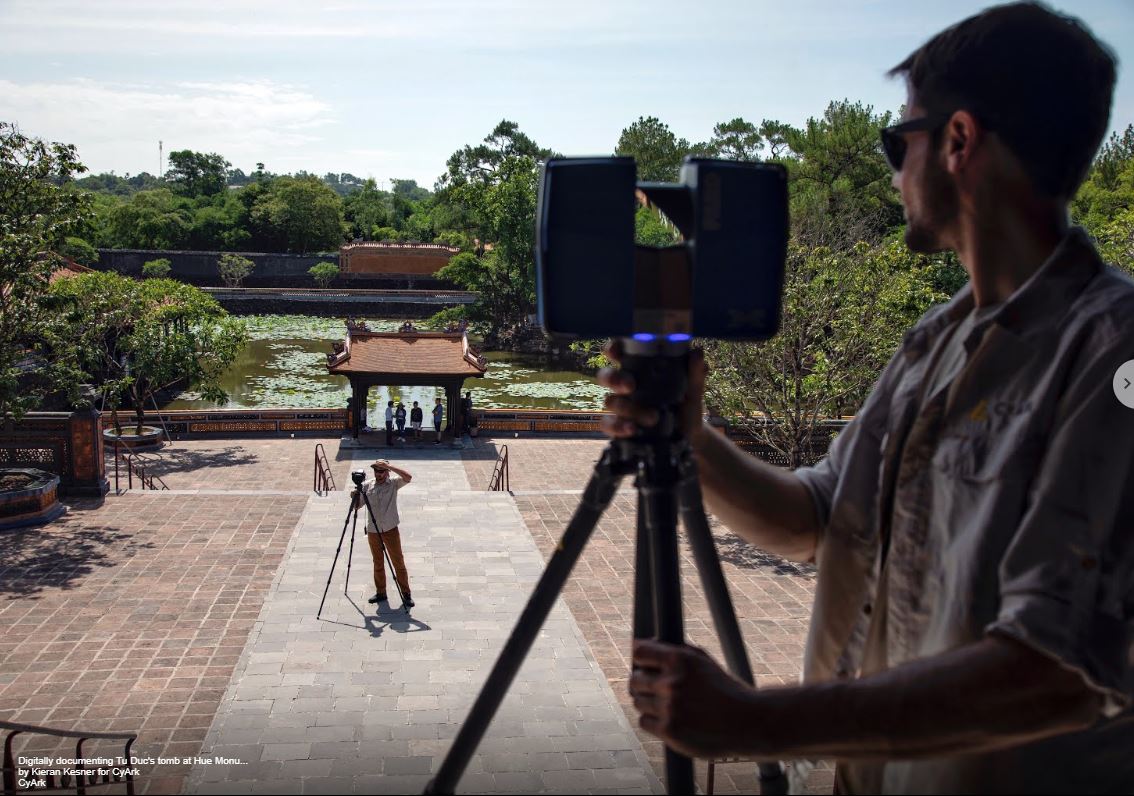

.jpg)










.png)
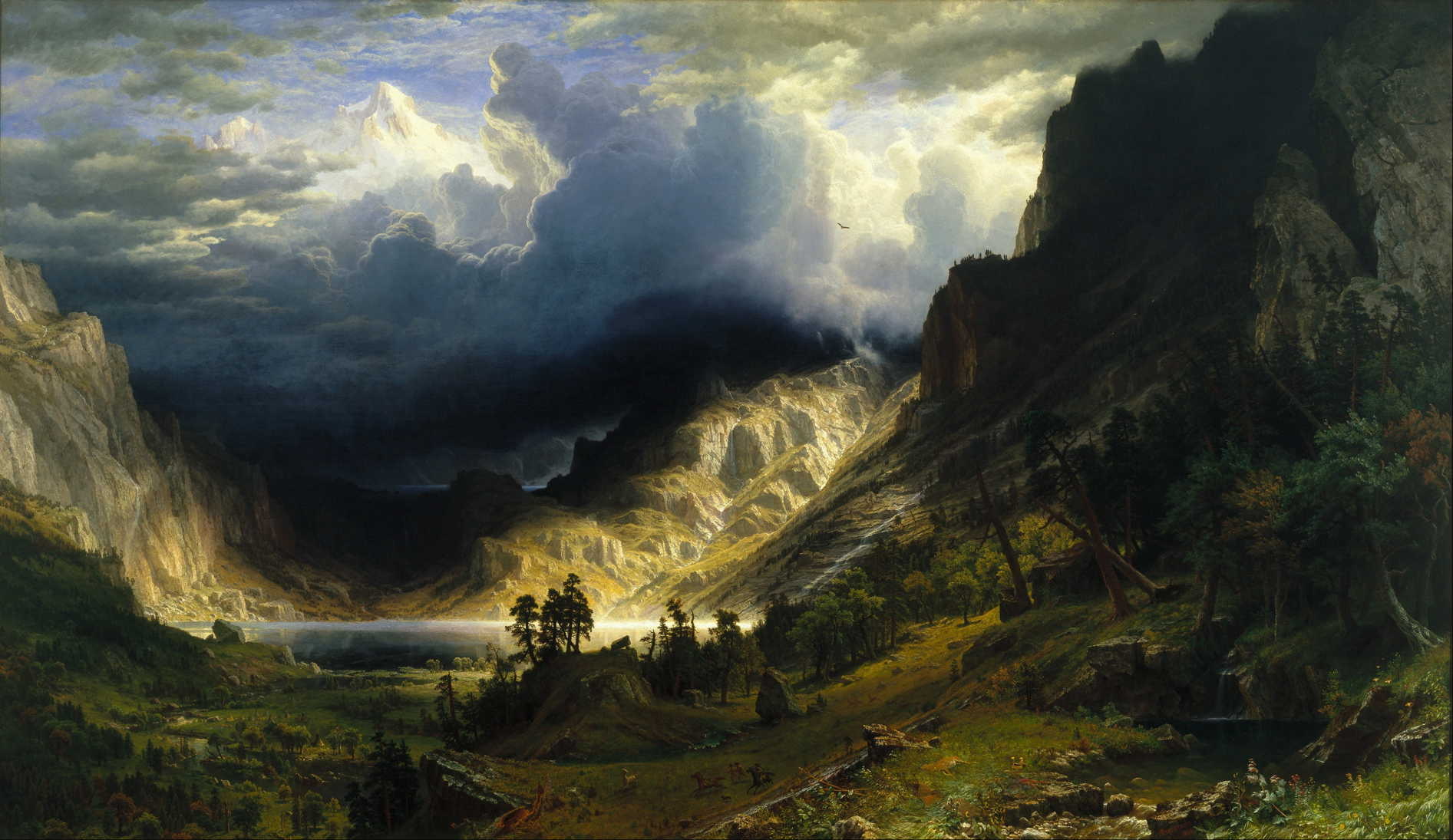
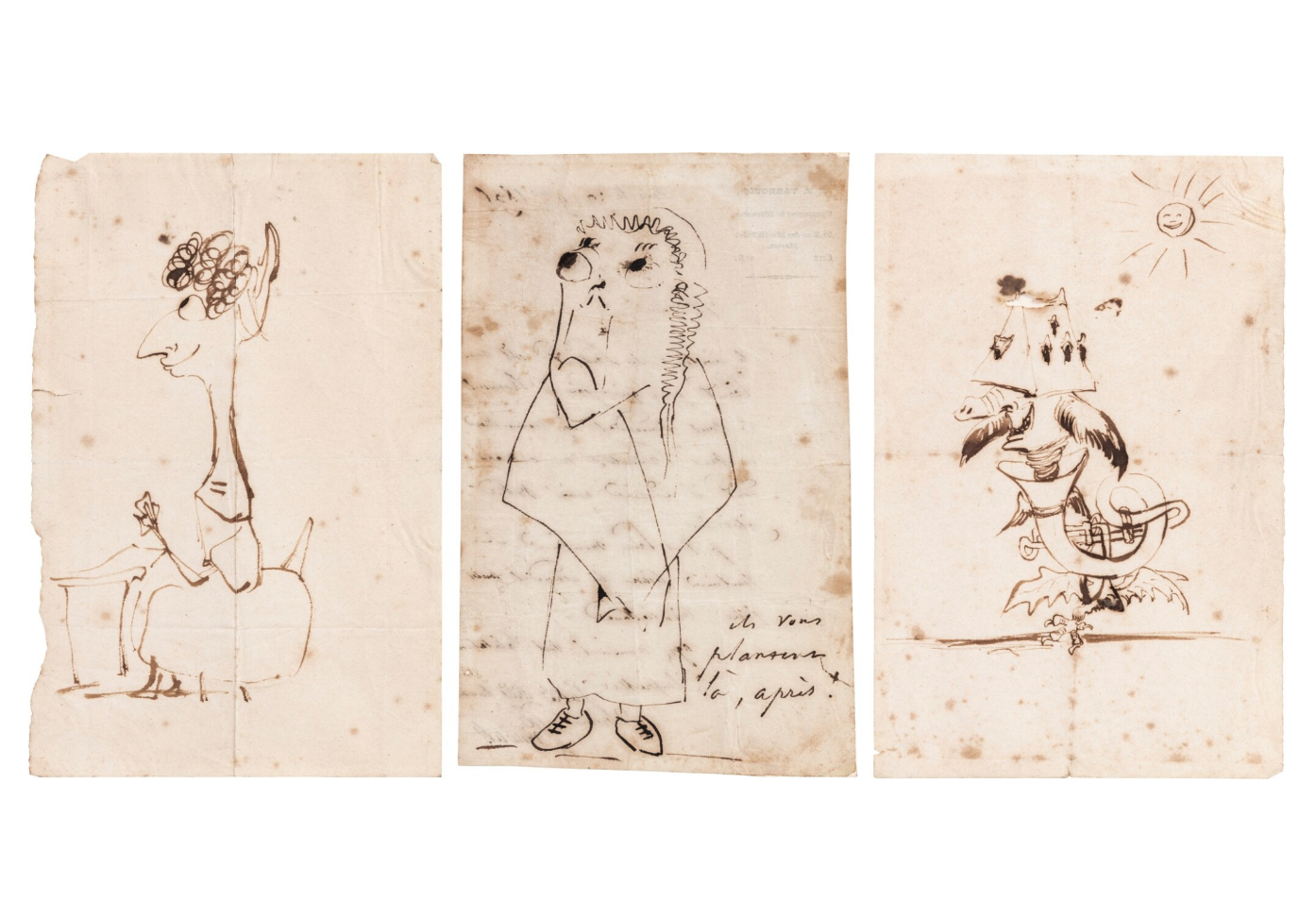

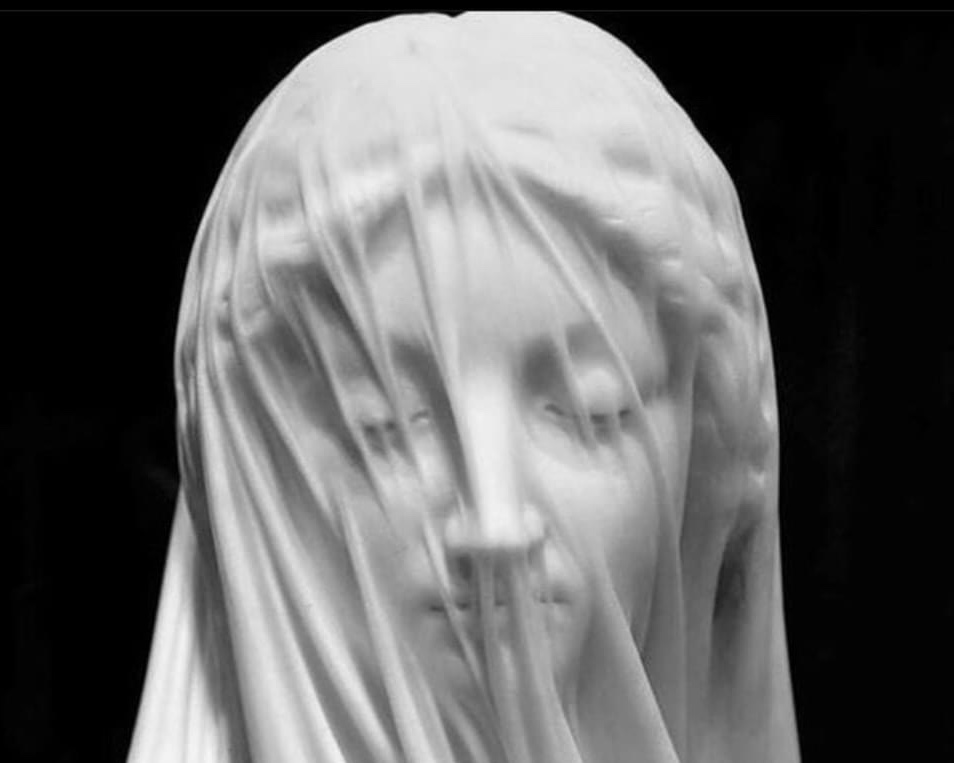









Bình luận từ người dùng